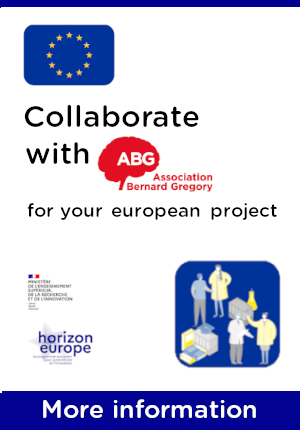Application of Digital Twin and machine learning on the optimization of the innovative construction process
| ABG-134035 | Stage master 2 / Ingénieur | 6 mois | 4.35 euros/h for 35h/week |
| 27/10/2025 |
- Génie civil, BTP
- Informatique
- Numérique
Établissement recruteur
Le LaMé regroupe des enseignants-chercheurs en mécanique d’écoles d’ingénieurs et d’IUT des universités d’Orléans (UO) et de Tours (UT) ainsi que de l’INSA Centre Val de Loire (INSA CVL) et est ainsi localisé sur 5 campus : Blois, Bourges, Chartres, Orléans et Tours.
Les thèmes principaux du LaMé portent sur la caractérisation mécanique des matériaux et des structures en vue de leur modélisation. Les verrous scientifiques abordés sont souvent couplés à d’autres physiques (thermique, chimie, hygrométrie…) et peuvent mettre en avant des approches et compréhensions microscopiques, macroscopiques ou couplées.
Description
Context:
The last two decades have been marked by the constant development of new technologies in the construction industry. For instance, taking advantage of the evolution of digitalization and the robotics industry, 3D concrete printing (3DCP) has revealed its great potential for automating the construction of concrete structures with great geometric freedom. In addition, the rapid evolution of efficient characterization methods and intelligent data analysis using machine learning (ML) provides a great opportunity to help optimize innovative construction process as well as the complex structures design. By combining machine learning with the efficient communication of information and transfer of data between physical and virtual worlds provided by digital twin (DT), it is expected that the 3D concrete printing technology can mark its high evolution in the construction industry. However, the application of DT to ensure the quality and reliability of the 3DCP process is still a significant challenge. Among different reasons, one can explain the lack of a standardized architecture or structure for creating generic DT models of 3DCP.
Objectives :
The objectives of this work consist of two-folds. Firstly, the study focuses on the adaptation/extension of the available DT architecture/framework for 3DCP. Secondly, the MC technique implemented in the DT framework helps to analyse automatically the data provided from the photogrammetry. The bidirectional communication and machine learning models using data flow between monitoring and numerical simulations will help to predict the behavior of concrete structures during printing through which the optimization of decision-making can be conducted.
Profil
good knowledge and experience on the DT development, Machine learning
Prise de fonction
Vous avez déjà un compte ?
Nouvel utilisateur ?
Vous souhaitez recevoir nos infolettres ?
Découvrez nos adhérents
 Institut Sup'biotech de Paris
Institut Sup'biotech de Paris  Groupe AFNOR - Association française de normalisation
Groupe AFNOR - Association française de normalisation  Nokia Bell Labs France
Nokia Bell Labs France  Généthon
Généthon  CESI
CESI 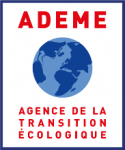 ADEME
ADEME  Laboratoire National de Métrologie et d'Essais - LNE
Laboratoire National de Métrologie et d'Essais - LNE  MabDesign
MabDesign  TotalEnergies
TotalEnergies 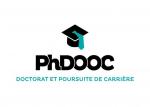 PhDOOC
PhDOOC  MabDesign
MabDesign  ASNR - Autorité de sûreté nucléaire et de radioprotection - Siège
ASNR - Autorité de sûreté nucléaire et de radioprotection - Siège  Aérocentre, Pôle d'excellence régional
Aérocentre, Pôle d'excellence régional  SUEZ
SUEZ 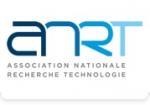 ANRT
ANRT  Tecknowmetrix
Tecknowmetrix  Ifremer
Ifremer  CASDEN
CASDEN  ONERA - The French Aerospace Lab
ONERA - The French Aerospace Lab
-
EmploiRef. 134297Gif sur Yvette , Ile-de-France , France
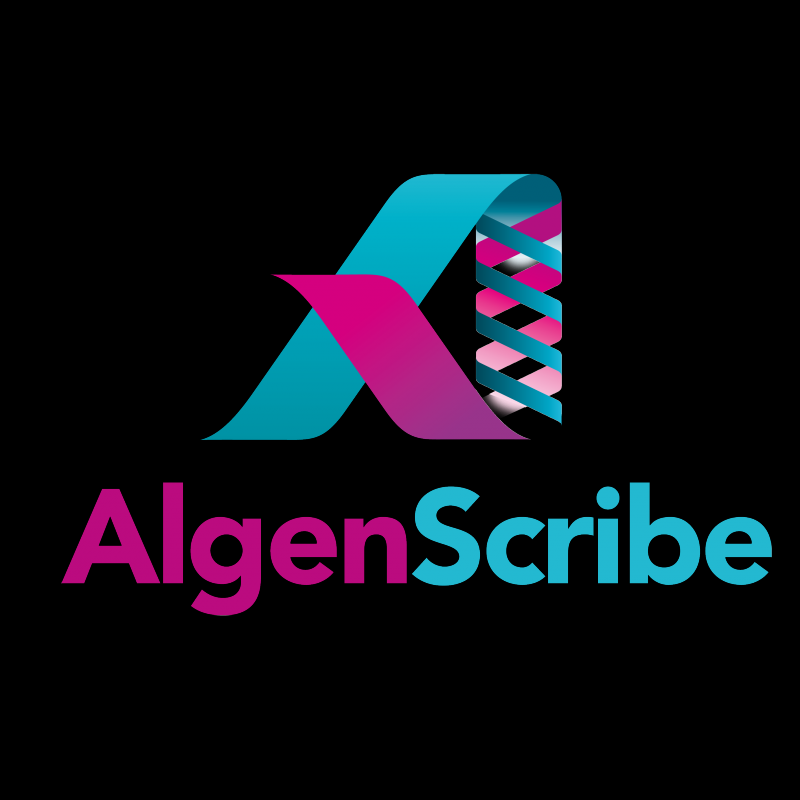 ALGENSCRIBE
ALGENSCRIBEResearcher in Gene Editing
Expertises scientifiques :Biotechnologie
Niveau d’expérience :Confirmé
-
Sujet de ThèseRef. 134240SACLAY , Ile-de-France , FranceTotalEnergies
Impact du changement climatique sur la ressource éolienne
Expertises scientifiques :Energie


